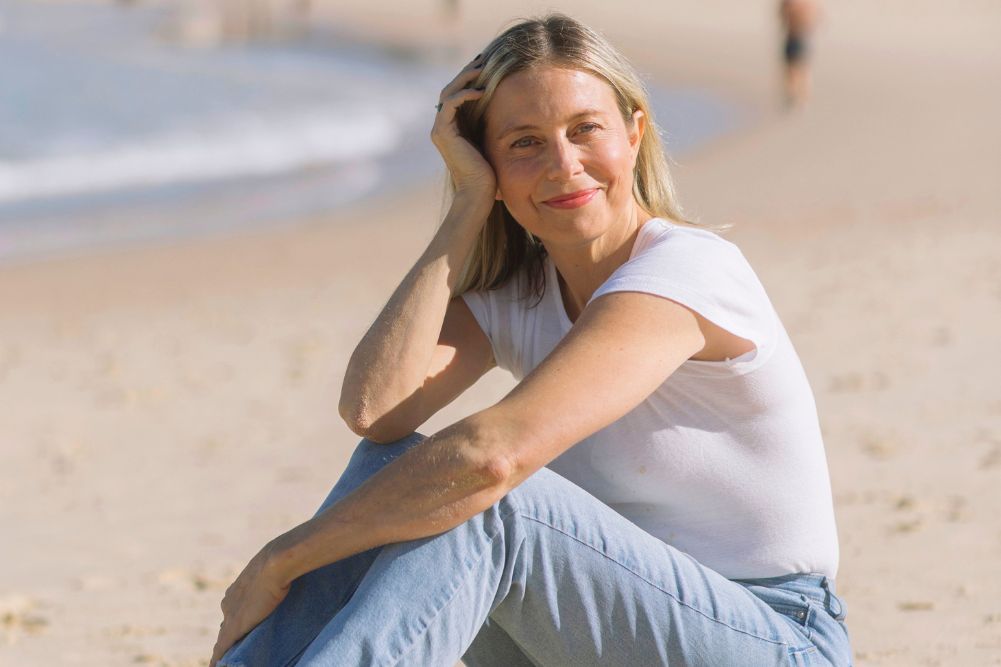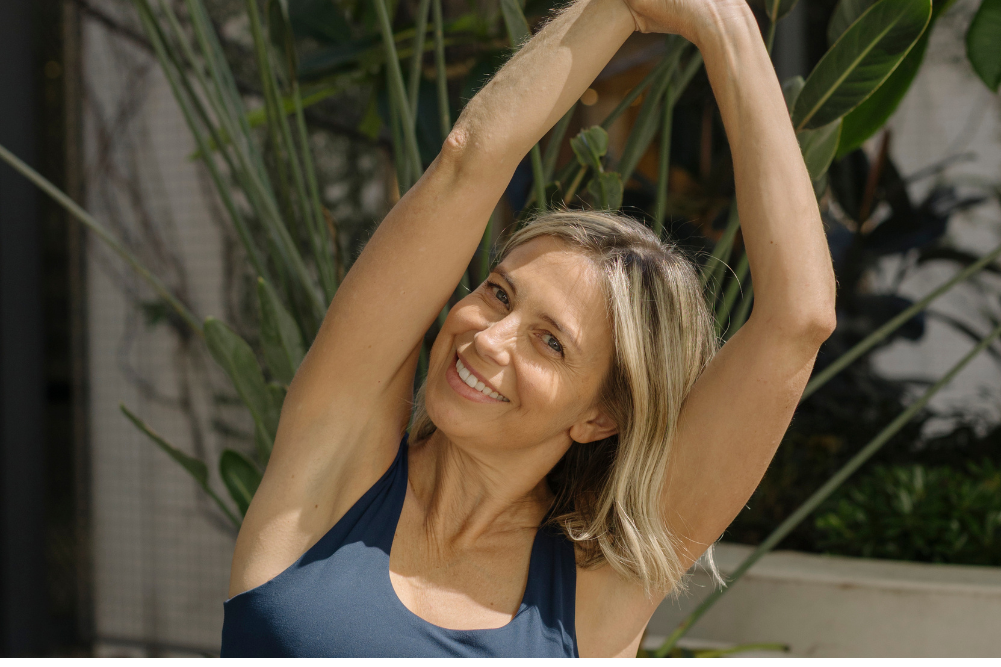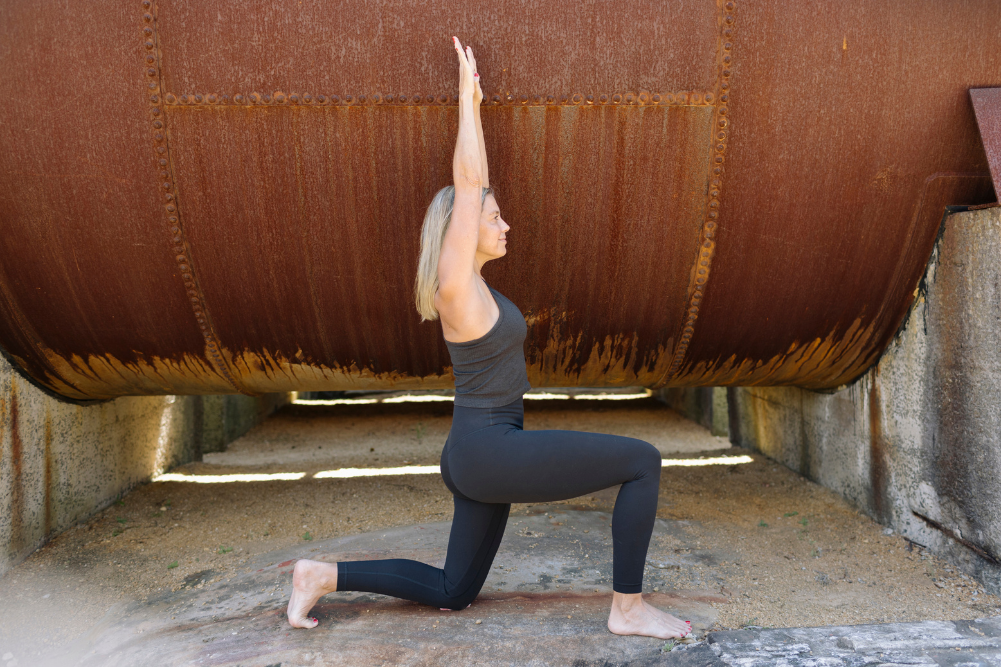Yoga and natural therapies for headaches
Headaches are usually considered less severe than migraines, which are usually accompanied by extreme visual or sensory disturbances, nausea, vomiting, irritability and intolerance of light. Thankfully, natural therapies can help!
Causes
No one knows with certainty what causes a migraine or tension-type headaches. Often, a number of causes might combine to produce a migraine. Any of the following may cause a headache:
- Poor dietary habits such as eating food low in nutrients and eating irregularly.
- Food triggers such as alcohol, chocolate, citrus fruits and dairy products, especially cheese.
- Noisy, polluted environments, a hectic lifestyle, over-activity, accumulated fatigue and excessive worrying.
- Constipation.
- Stress.
- Blocked nostrils, according to Ayurveda.
- Menstruation.
- Poor postural or sleeping habits.
- Also, extreme hot or cold weather, neck stiffness, lack of physical exercise, muscle tension, sinus problems, problems with the jaw and eyestrain.
Curing migraines with natural therapies
By recognising the pre-attach symptoms before they become full-blown, it’s easier to prevent the migraine with natural therapies. The involvement of a number of health professionals, who practise natural therapies, in a multi-pronged approach is essential.
Yoga
This natural therapy is recommended as part of a treatment program and one of many effective natural therapies for headache relief. Here are some natural therapy yoga poses that are generally effective for migraine and headache sufferers:
Flapping fish (matsya kridasana)
Lie on your stomach and place your right hand on top of your left hand, both palms facing down. Extend your left elbow so it’s pointing away from your head and point your right elbow down towards your legs. Rest your right cheek on top of your hands. Bend your right leg, bringing your thigh close up towards your ribs. Touch your right elbow to your right knee or as close as possible. Your bent knee and head may be supported on a pillow for extra comfort. Keep your left leg straight. Relax in the final natural therapy position and breathe normally. After five minutes, change sides.
Pose of the moon or hare pose (shashankasana)
Sit on your heels and place your palms on your thighs. Close your eyes and relax, keeping your head and spine straight. Inhale and raise your arms above your head. As you exhale, bend the top half of your body forward from the hips, stretching your arms out so they rest shoulder-width apart on the ground in front of you. Relax your elbows so your arms are completely relaxed. Rest your forehead on the floor in front of your knees and bring your buttocks as close as you can to your heels. Hold this natural therapy position for up to a minute, building towards holding it comfortably for at least three. *Note that those with very high blood pressure, slipped disc or vertigo should not perform this asana.
Palm tree (tadasana)
Stand with your feet shoulder-width apart, arms relaxed by your side. With your bodyweight evenly distributed on both feet, breathe in and slowly raise your arms above your head. You can either place the palms of your hands together in prayer position or interlock your fingers and turn your palms upwards. To help your balance, keep your eyes fixed on a non-moving point just above the level of the top of your head. Inhale deeply and raise your heels slightly. Tighten your buttocks and stretch upwards. Imagine that your body is triple its normal length. Stretch up as high as you can. Tuck your pelvis in so your lower back doesn’t strain and remember to keep your facial muscles soft and relaxed. Hold for as long as is comfortable and then exhale slowly as you lower your heels and bring your arms down. Repeat five times. This natural therapy pose helps to alleviate tension in the neck and shoulders, stretching the entire spine.
Double angle (dwikonasana)
Stand up straight with your feet one foot apart. Take your arms behind your back and interlock your fingers. Take a deep breath in. As you breathe out, keep your head up, looking forwards, and gradually bend the top half of your body forward from the hips. (If you have problems with your back, take extra care with forward bending asanas or avoid them altogether. Bending your knees slightly as you move into a forward bend will help to eliminate the extra pressure often felt in the lower back.) Raise your arms behind your back without straining them, dropping them over your head towards the ground. Hold this final position for about 10 seconds, breathing gently and keeping your body relaxed. When moving out of dwikonasana, raise your head so you’re looking upwards and take a deep breath in, raising your body to standing position. Relax your arms by the side of your body. Close your eyes and stand still for a few moments, allowing your breath to return to normal. With the arms acting as a lever, the shoulders and chest receive an excellent stretch, dissolving any tension beneath the shoulder blades. Those with painful shoulder joints should avoid dwikonasana natural therapy.
The Natural Therapy of Palming in Yoga
Sit quietly and close your eyes. Rub the palms of your hands together briskly until you can feel the heat in your hands. Gently place your palms over your eyes with your fingers crossing over the third eye. Hold until the heat has been absorbed into your eyes. Feel and visualise the energy and warmth moving from your hands to your eyes. Rest your eyes in the soothing darkness. Keep your eyes closed as you lower your hands to your knees. Repeat natural therapy at least three times. Yoga Palming natural therapy helps to soothe eye tension that is often asscoiated with headache and migraine.
Other natural remedies/therapies for headaches and migraines
Balm: Ayurveda natural therapies suggest that balms and mixtures of various herbal oils can help to alleviate headache. Combine the following:
- Five parts eucalyptus oil
- One part anise oil
- One part menthol crystals
- One part camphor
Here are more natural remedies:
- Feverfew leaves: Take one fresh feverfew leaf daily (either in a salad or sandwich) to prevent migrains. If no fresh leaves are available, take 125mg capsules or tablets.
- Peppermint: Using peppermint oil in balms and massage oils can be helpful if the migraine is linked to digestive problems.
- Vitamins and minerals: Take vitamin C, B and magnesium, preferably in a high-quality multivitamin. Good sources of magnesium are leafy green vegetables and nuts.
- Royal jelly: Taken on a regular basis can help prevent migraines.
- Fresh juices: Such as carrots, celery, beet, cucumber, spinach and parsley.
- Enemas: If a headache is due to constipation, an enema will help to relieve it. However, seek professional advice first.
- Diet: Choose wholegrain products, fruits and vegetables, limit protein, refined sugar, processed foods and fat intake and increase water consumption to avoid headaches.
- Posture and sleeping position: Use a pillow that holds your head symmetrically in line with your spine. Don’t sit at a desk for longer than 35 to 40 minutes at a time.
- Therapy: Natural therapies may help to uncover and overcome emotional, psychological or mental issues connected to headaches and migraines.







